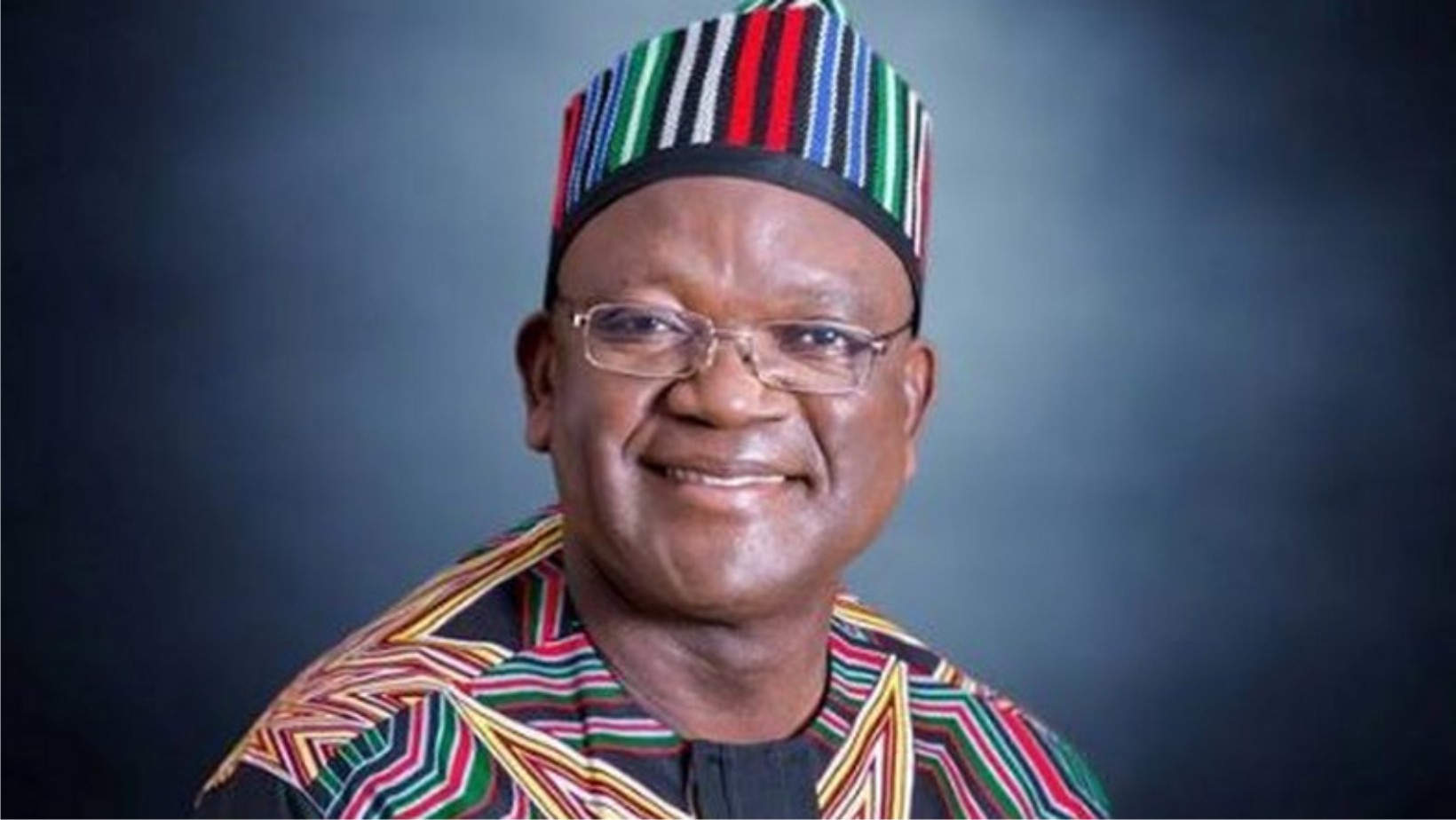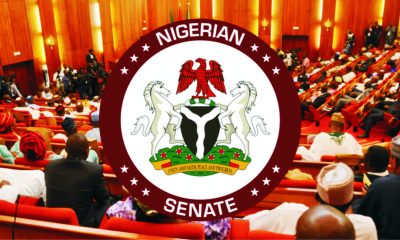Oil & Energy
Razor-Thin Spare Capacity To Keep Oil Prices Elevated
The post-COVID-19 rebound in economies and oil demand have left global spare oil production capacity at very low levels with a very small cushion to absorb possible supply-side shocks in the near term.
Despite the economic slowdown already underway in many parts of the world and fears of recessions in Europe and the United States, oil prices haven’t fallen too far below $90 per barrel. Fears of supply disruptions have increased as much as fears of recessions that could slow oil demand growth.
The thinnest spare capacity cushion in years is supportive of oil prices and will continue to be a bullish factor on the market, at least in the short term, considering that no forecaster or analyst can be certain how much global oil supply will be lost in just three months when the EU embargo on Russian oil imports by sea enters into force.
Certainly, there is one sure-fire way for the world to see rising spare capacity and oil inventories rebuilding from multi-year lows to more comfortable levels—recession. A serious slowdown in economic activity or an outright recession would be needed to bring global oil stocks up to five-year average levels, as Reuters’ senior market analyst John Kemp notes.
And right now, it looks like a recession is the only way to rebuild global oil inventories.
On the supply side, neither OPEC+ nor the U.S. can materially boost supply in the short term. OPEC+ is estimated to be a massive 3.6 million barrels per day (bpd) below its targeted oil production.
Moreover, global spare capacity is in the hands of just two OPEC producers, Saudi Arabia and the United Arab Emirates (UAE). The Saudis themselves admitted this week that the next rebound in economies would wipe out the spare capacity.
“Oil inventories are low, and effective global spare capacity is now about one and a half percent of global demand,” Saudi Aramco’s CEO Amin Nasser said this week.
“But when the global economy recovers, we can expect demand to rebound further, eliminating the little spare oil production capacity out there. And by the time the world wakes up to these blind spots, it may be too late to change course,” he added, reiterating the warning that years of underinvestment in oil and gas have brought about the current low spare capacity and tight markets.
At the same time, American oil executives say that the U.S. cannot come to the rescue for Europe this winter as oil and gas producers can’t ramp up current production levels too much to offset an expected drop in Russian oil supply when the EU embargo enters into force.
All this leaves the demand side to rebalance the market. If a severe recession with significantly slower oil demand growth or even a demand drop materializes, spare capacity and inventories could rise from multi-year lows.
Related: Gazprom Slashes Natural Gas Deliveries To French Utility Giant
A recession may be coming for the world in 2023 as central banks aggressively hike interest rates to tame inflation, the World Bank said last week. Just this week, the Fed raised the key rate by another 75 basis points for a third consecutive time, and the Bank of England raised rates by 50 basis points to 2.25%, the highest rate since the start of the 2008 financial crisis.
Despite the decisively tightening monetary policy in major economies, both OPEC and the International Energy Agency (IEA) continue to see global oil demand growing annually both in 2022 and 2023.
Despite the deteriorating economic environment and concerns over Chinese demand due to COVID-19 lockdowns, the IEA expects world oil demand to grow by 2 million bpd in 2022 and by another 2.1 million bpd next year. OPEC, for its part, still sees global economic growth staying robust at 3.1% this year and another 3.1% next year in its latest forecast, suggesting that the cartel still expects healthy oil demand growth despite market fears of recession.
Moreover, analysts and forecasters say that gas to oil switching this winter and tight product markets—especially diesel in Europe—could also support oil demand even in a mildly recessionary environment.
Then there is the expected supply shock from Russian exports and the still unclear mechanism under which the West is seeking to keep Russian oil flowing by applying a price cap on Russian oil, which Putin may simply refuse to sell as he has already threatened.
A global recession would normally rebuild inventories and capacity buffers. But with the war in Ukraine, which Russia, the world’s second-largest crude oil exporter, has just escalated with the mobilization of 300,000 men, all bets are off.
By: Tsvetana Paraskova
Paraskova reports for Oilprice.com.
Oil & Energy
FG Woos IOCs On Energy Growth
The Federal Government has expressed optimism in attracting more investments by International Oil Companies (IOCs) into Nigeria to foster growth and sustainability in the energy sector.
This is as some IOCs, particularly Shell and TotalEnergies, had announced plans to divest some of their assets from the country.
Recall that Shell in January, 2024 had said it would sell the Shell Petroleum Development Company of Nigeria Limited (SPDC) to Renaissance.
According to the Minister of State for Petroleum Resources (Oil), Heineken Lokpobiri, increasing investments by IOCs as well as boosting crude production to enhancing Nigeria’s position as a leading player in the global energy market, are the key objectives of the Government.
Lokpobiri emphasized the Ministry’s willingness to collaborate with State Governments, particularly Bayelsa State, in advancing energy sector transformation efforts.
The Minister, who stressed the importance of cooperation in achieving shared goals said, “we are open to partnerships with Bayelsa State Government for mutual progress”.
In response to Governor Douye Diri’s appeal for Ministry intervention in restoring the Atala Oil Field belonging to Bayelsa State, the Minister assured prompt attention to the matter.
He said, “We will look into the issue promptly and ensure fairness and equity in addressing state concerns”.
Lokpobiri explained that the Bayelsa State Governor, Douyi Diri’s visit reaffirmed the commitment of both the Federal and State Government’s readiness to work together towards a sustainable, inclusive, and prosperous energy future for Nigeria.
While speaking, Governor Diri commended the Minister for his remarkable performance in revitalisng the nation’s energy sector.
Oil & Energy
Your Investment Is Safe, FG Tells Investors In Gas
The Federal Government has assured investors in the nation’s gas sector of the security and safety of their investments.
Minister of State for Petroleum Resources (Gas), Ekperikpe Ekpo, gave the assurance while hosting top officials of Shanghai Huayi Energy Chemical Company Group of China (HUAYI) and China Road and Bridge Corporation, who are strategic investors in Brass Methanol and Gas Hub Project in Bayelsa State.
The Minister in a statement stressed that Nigeria was open for investments and investors, insisting that present and prospective foreign investors have no need to entertain fear on the safety of their investment.
Describing the Brass project as one critical project of the President Bola Tinubu-led administration, Ekpo said.
“The Federal Government is committed to developing Nigeria’s gas reserves through projects such as the Brass Methanol project, which presents an opportunity for the diversification of Nigeria’s economy.
“It is for this and other reasons that the project has been accorded the significant concessions (or support) that it enjoys from the government.
“Let me, therefore, assure you of the strong commitment of our government to the security and safety of yours and other investments as we have continually done for similar Chinese investments in Nigeria through the years”, he added.
Ekpo further tasked investors and contractors working on the project to double their efforts, saying, “I want to see this project running for the good of Nigeria and its investors”.
Earlier in his speech, Leader of the Chinese delegation, Mr Zheng Bi Jun, said the visit to the country was to carry out feasibility studies for investments in methanol projects.
On his part, the Managing Director of Brass Fertiliser and Petrochemical Ltd, Mr Ben Okoye, expressed optimism in partnering with genuine investors on the project.
Oil & Energy
Oil Prices Record Second Monthly Gain
Crude oil prices recently logged their second monthly gain in a row as OPEC+ extended their supply curb deal until the end of Q2 2024.
The gains have been considerable, with WTI adding about $7 per barrel over the month of February.
Yet a lot of analysts remain bearish about the commodity’s prospects. In fact, they believe that there is enough oil supply globally to keep Brent around $81 this year and WTI at some $76.50, according to a Reuters poll.
Yet, like last year in U.S. shale showed, there is always the possibility of a major surprise.
According to the respondents in that poll, what’s keeping prices tame is, first, the fact that the Red Sea crisis has not yet affected oil shipments in the region, thanks to alternative routes.
The second reason cited by the analysts is OPEC+ spare capacity, which has increased, thanks to the cuts.
“Spare capacity has reached a multi-year high, which will keep overall market sentiment under pressure over the coming months”, senior analyst, Florian Grunberger, told Reuters.
The perception of ample spare capacity is definitely one factor keeping traders and analysts bearish as they assume this capacity would be put into operation as soon as the market needs it. This may well be an incorrect assumption.
Saudi Arabia and OPEC have given multiple signs that they would only release more production if prices are to their liking, and if cuts are getting extended, then current prices are not to OPEC’s liking yet.
There is more, too. The Saudis, which are cutting the most and have the greatest spare capacity at around 3 million barrels daily right now, are acutely aware that the moment they release additional supply, prices will plunge.
Therefore, the chance of Saudi cuts being reversed anytime soon is pretty slim.
Then there is the U.S. oil production factor. Last year, analysts expected modest output additions from the shale patch because the rig count remained consistently lower than what it was during the strongest shale boom years.
That assumption proved wrong as drillers made substantial gains in well productivity that pushed total production to yet another record.
Perhaps a bit oddly, analysts are once again making a bold assumption for this year: that the productivity gains will continue at the same rate this year as well.
The Energy Information Administration disagrees. In its latest Short-Term Energy Outlook, the authority estimated that U.S. oil output had reached a record high of 13.3 million barrels daily that in January fell to 12.6 million bpd due to harsh winter weather.
For the rest of the year, however, the EIA has forecast a production level remaining around the December record, which will only be broken in February 2025.
Oil demand, meanwhile, will be growing. Wood Mackenzie recently predicted 2024 demand growth at 1.9 million barrels daily.
OPEC sees this year’s demand growth at 2.25 million barrels daily. The IEA is, as usual, the most modest in its expectations, seeing 2024 demand for oil grow by 1.2 million bpd.
With OPEC+ keeping a lid on production and U.S. production remaining largely flat on 2023, if the EIA is correct, a tightening of the supply situation is only a matter of time. Indeed, some are predicting that already.
Natural resource-focused investors Goehring and Rozencwajg recently released their latest market outlook, in which they warned that the oil market may already be in a structural deficit, to manifest later this year.
They also noted a change in the methodology that the EIA uses to estimate oil production, which may well have led to a serious overestimation of production growth.
The discrepancy between actual and reported production, Goehring and Rozencwajg said, could be so significant that the EIA may be estimating growth where there’s a production decline.
So, on the one hand, some pretty important assumptions are being made about demand, namely, that it will grow more slowly this year than it did last year.
This assumption is based on another one, by the way, and this is the assumption that EV sales will rise as strongly as they did last year, when they failed to make a dent in oil demand growth, and kill some oil demand.
On the other hand, there is the assumption that U.S. drillers will keep drilling like they did last year. What would motivate such a development is unclear, besides the expectation that Europe will take in even more U.S. crude this year than it already is.
This is a much safer assumption than the one about demand, by the way. And yet, there are indications from the U.S. oil industry that there will be no pumping at will this year. There will be more production discipline.
Predicting oil prices accurately, even over the shortest of periods, is as safe as flipping a coin. With the number of variables at play at any moment, accurate predictions are usually little more than a fluke, especially when perceptions play such an outsized role in price movements.
One thing is for sure, though. There may be surprises this year in oil.
lrina Slav
Slav writes for Oilprice.com.
-
Rivers3 days ago
HOS Tasks Rural Dwellers On RAAMP … As Project Sensitization Team Visit Degema, AKULGA
-

 Politics3 days ago
Politics3 days agoReps Constitution Review Committee Holds Zonal Hearing For Rivers, C’River, Akwa Ibom In Calabar
-
Opinion3 days ago
Is Nigeria Democratic Nation?
-

 News3 days ago
News3 days agoI’m Committed To Community Dev – Ajinwo
-

 News3 days ago
News3 days ago2027: I Stand With Southern Presidency -Ortom
-
Politics3 days ago
Lagos LG Polls: Police Restrict Movement, Tightens Security
-

 News3 days ago
News3 days agoSenate Replaces Natasha As Committee Chairman
-
Opinion3 days ago
Checking Herdsmen Rampage

